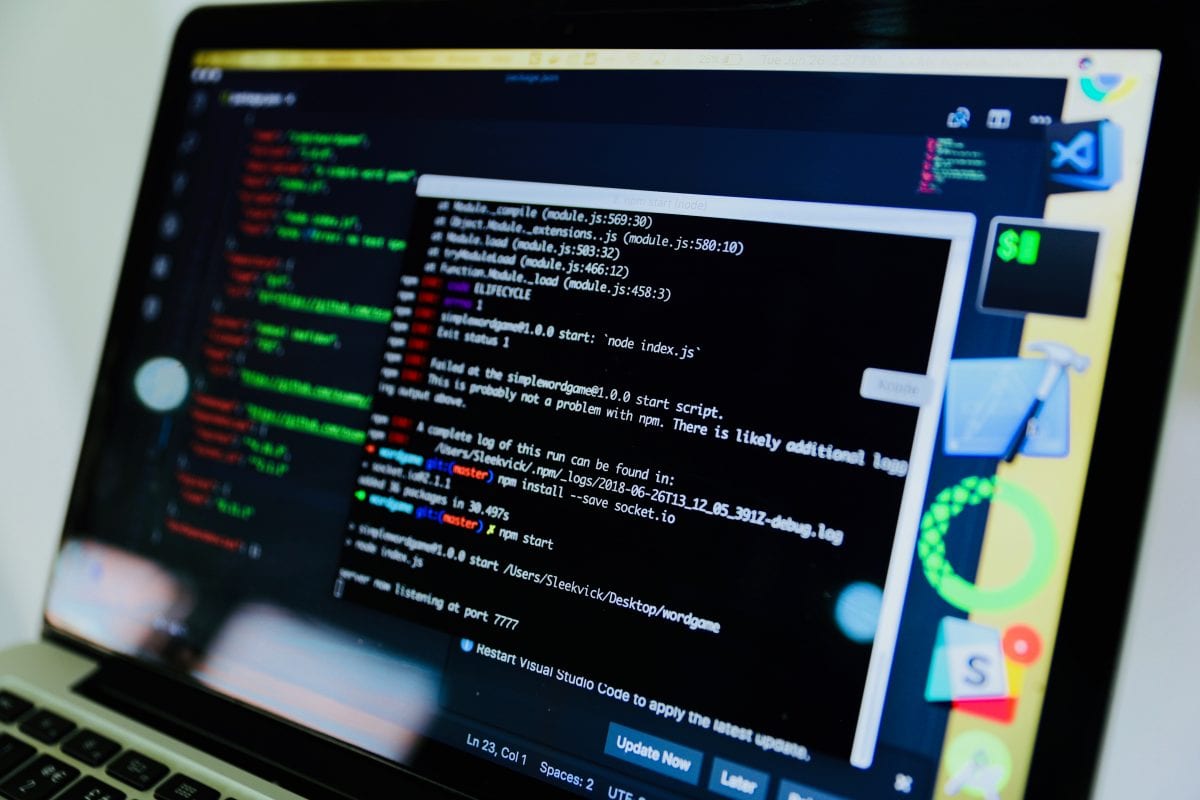
When making investments, responsible business leaders look beyond initial cost. They consider return on investment (ROI). How much their investment today will net them tomorrow, in a year, and a decade from now. This is the mindset workplace professionals should assume when lobbying for systems to help them do their job. What is the facilities management software ROI?
Calculating software ROI is never easy. For facilities management software, it’s even more difficult. To present the case for FM software in dollars and cents, workplace professionals should first understand costs, then recognize incremental ROI.
Calculate purchase and deployment cost
Determining software purchase and deployment cost is essential to calculate ROI of FM software. This figure is more than any one individual cost—it’s the sum of every charge involved in getting your software up and running.
- Software: This is the initial cost of your software license or ongoing subscription. Many SaaS models employ one or the other. For example, a one-time upfront cost to activate the software at a specific tier or a low monthly flat rate for a fully unlocked version.
- Implementation: The total cost of implementation is the sum of any costs required to deploy and use your software. This may include additional software, cloud services, and labor costs. Most importantly, factor in training costs.
- Hardware: Often, FM software deployments occur in tandem with an Internet of Things (IoT) rollout. It’s a natural pairing, since FM software benefits dramatically from integrated hardware and vice versa. Consider any peripheral hardware costs and account for them. Sensors, beacons, switches, relays, hubs, and specialized equipment like access control all fall under this cost center.
- Peripherals: What costs does your software incur outside of a SaaS subscription? Account for both recurring and one-time future costs. This can include fees for education and training, tech support, off-site backups, integrations, and access to premium features.
The objective is to understand the total cost of your software as a standalone investment. What will your company pay before it sees any return on investment from the software? You need to know the total upfront cost before you can begin to justify the cost of facility management software.
Breaking down segmented ROI
There’s no ROI savings until the software purchase and deployment cost exceeds the breakeven point. Once there, identify the value streams. Where is your software helping you save money?
- Maintenance: Identify maintenance cost reductions. Have you consolidated vendors to save on maintenance fees? Are you engaging in cost-saving proactive maintenance? Or are you simply budgeting better based on data collected by your software ecosystem?
- Assets: Examine how software helps you better manage assets to reduce costs or generate revenue. Are you assigning company cars to sales staff effectively, and is this helping them close more deals? What percentage of company laptops are used by remote staff and how is this contributing to lower workplace costs?
- Labor: Look at how you’re using software to increase productivity and decrease waste—and what measurable costs are associated with it. Has a new hoteling system improved employee output? How do hot desks correlate to your workplace’s Net Promoter Score?
- Utilities: Using your facility management software, track utility costs and identify ways to reduce them. Then, track the fiscal impact. How much money are motion sensor lights saving monthly? What are the cost savings from running HVAC systems differently during off-peak hours?
Facilities management software is all about looking at facilities data from a holistic view. However, for purposes of facility management software ROI, it’s best to measure cost savings in silos.
Calculate the total ROI
The equation for calculating facility management software ROI is simple. Take the segmented ROI of your workplace and subtract the total cost of deployment. Or, simply establish the breakeven point and designate every dollar above it as ROI.
There’s also ongoing costs to consider. In order to maintain its ROI, software performance must exceed the annual operational costs. This shouldn’t be hard, but it’s still important to measure. Over time, this data provides insight into total lifetime cost vs. total lifetime ROI—another important metric as your company grows.
If you’re planning to implement facility management software to govern, understand the associated costs. They’re essential in determining ROI and making the case for future advancements in facilities management.
Keep reading: top five benefits of facilities management.
Photo by NESA by Makers on Unsplash


